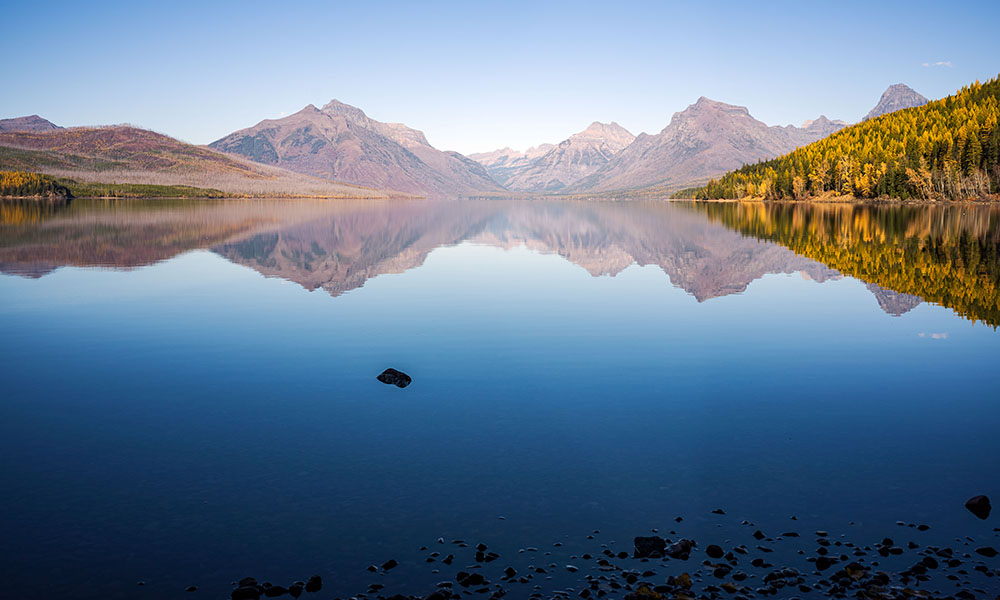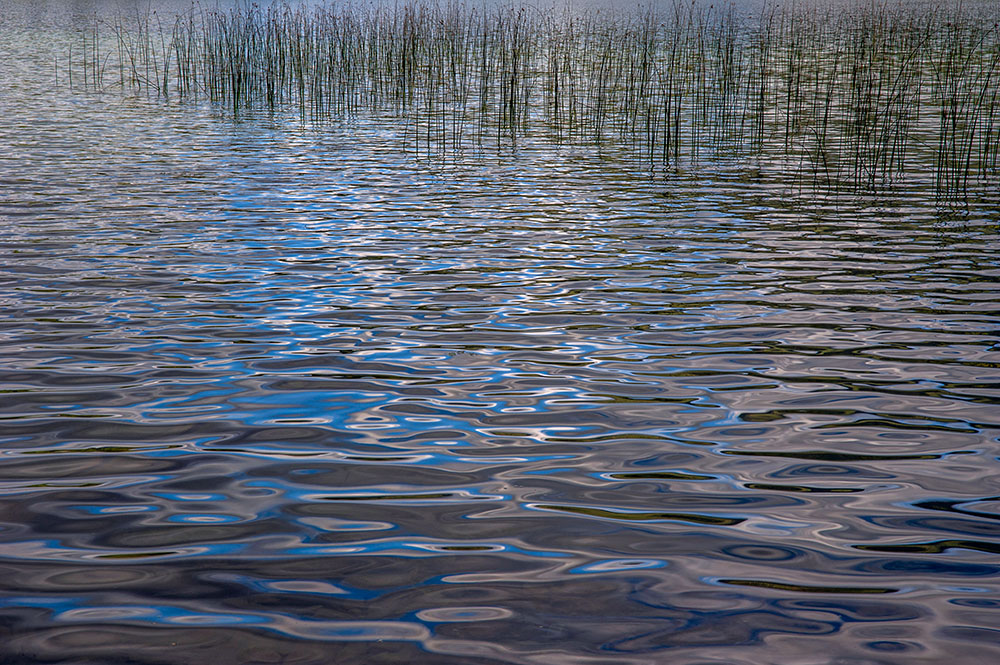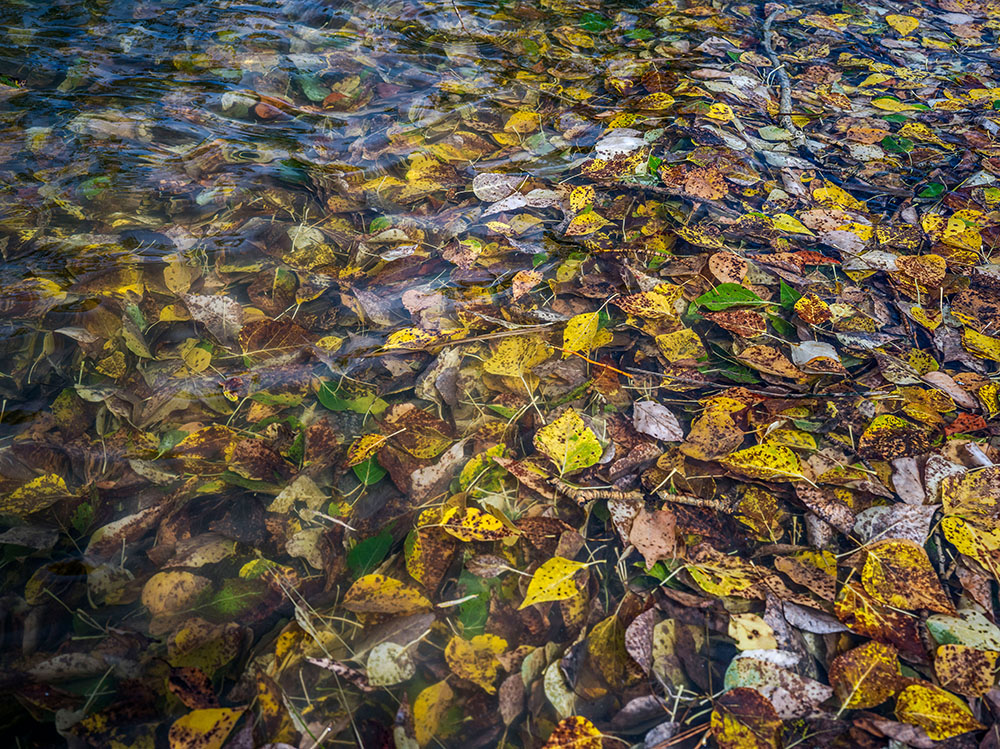
As photographer Ansel Adams said, “You don’t improve nature. You reveal your impression of nature or nature’s impact on you.” Landscape, nature, and fine-art photographer Linda Washburn Roberts does just that. She says her artistic vision is to capture her unique view of places or things she sees around her. ABN got the chance to ask Roberts a few questions about her background, who inspires her, and her plans for 2025.
ABN: Tell us a little bit about your background.
Roberts: I was born and raised in a very rural area of Southeast Missouri, in the foothills of the Ozark Mountains. My childhood inspired my love of going out into nature (from backroads to national parks) and finding special images to create. After living in the Midwest and on both coasts, Montana has been my home for the past 40 years. Although I have taken photographs most of my life, I came to be a photographer and artist relatively late in life. My husband gifted me my first 35mm SLR in the 70’s and the company photographer at the engineering firm I worked for at the time took me under his wing and taught me how to make a photograph. That, combined with a couple of college photography classes, put me on the path to being a photographer.
Between receiving that first SLR and showing my work as a fine-art photographer, I worked in various office positions, started a family, and owned and operated an orthotics and prosthetics business in Helena, Montana with my husband. During our time in that business, I became a Certified Orthotist and a Certified Mastectomy Fitter. This was extremely rewarding to me and greatly impacted how I saw the world. In 2008, my husband retired, and I jokingly say that “I ran away from home and went to photography school.” In addition to reinforcing my photography skills, Rocky Mountain School of Photography (RMSP) also pulled me into the world of digital photography. After RMSP, I returned to Helena, reopened my Mastectomy Fitter business, and joined the Mountain Sage Gallery as a fine-art photographer.


ABN: What’s your work philosophy?
Roberts: I love the cycle of nature and find beauty in humans’ desire to discover our own spirituality in the world that surrounds us. This connection between people and nature has been a consistent influence on my work. Whatever I’m photographing, I look for details in my subject matter—literally or figuratively—to find the story they tell. When a viewer looks at my work and sees that story or a piece of their own truth, I feel that I’ve succeeded as a photographer and artist.
I continually challenge myself by learning new techniques and experimenting with different ways to bring the emotion of a piece forward. I think of my finished work as more than just an image—it’s a mood, a feeling, a breath. When creating, I love finding the place where an image can come to life—where it can truly breathe.
ABN: Who are some artists that inspire you?
Roberts: So many artists are inspirational to me—and not just photographic artists. But I like to say that Ansel Adams is my hero. His work has always been an inspiration to me for creating traditional black and white images. Another artist who inspires me is Roxanne Overton, a photographer who specializes in Intentional Camera Movement (ICM) photography, which is an area that I’ve been exploring.
ABN: What’s your best advice?
Roberts: Pay attention to what is around you and always be willing to learn.

ABN: Where can we find you when you’re not working?
Roberts: In a sense, I’m always “working.” But, when I’m not out photographing, you might find me at my gallery in Helena, exploring different ways to present art, studying encaustic art, or even making pottery at the clay studio. Or cooking!
ABN: What’s something that has enhanced you as an artist?
Roberts: I have recently been pursuing a different photographic technique called ICM, which utilizes a long exposure and intentional movement of the camera. It’s a great way to pull light and lines to get wonderful abstract images with one exposure. I like to call it “bending light.” I think any time you explore different aspects of your art, or different genres of art, it enhances your primary art medium.
ABN: What are your plans for 2025?
Roberts: In addition to exploring Montana, I have a couple of projects for 2025. One is to create a photo essay that documents the creation of a rawhide riata. I met an elderly gentleman who has done this rawhide work for many years. It’s fascinating and I’m working with him to document that. The other documentary project I’m working on is to photograph Missouri’s springs and grist mills—many of which are in the area that I’m from and have familial significance. Somewhere in these projects, art pieces will also be created.

